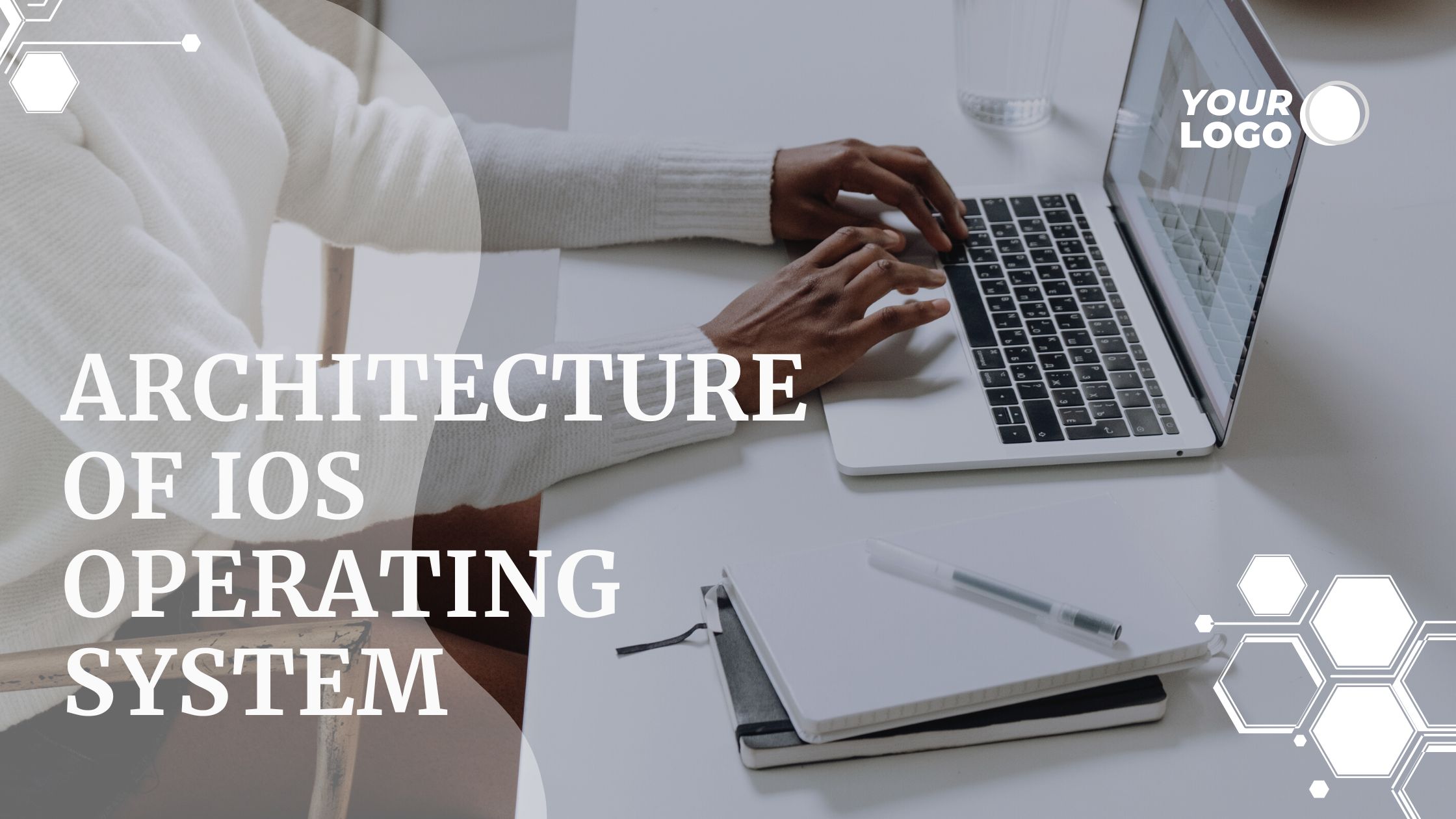
Apple Inc. created the IOS mobile operating system for use with iPhones, iPads, and other Apple mobile devices. After Android, iOS is the second-most popular and widely used mobile operating system.
The iOS operating system is built on a layered architecture. It doesn’t communicate with itself directly. The layers that lie between the hardware layer and the application layer will aid in communication. All applications depend on the basic services provided at the lower level, while the higher-level layers offer services related to graphics and user interfaces. The majority of system interfaces include a unique package known as a framework.
A framework is a directory that contains helper apps, header files, pictures, and dynamic shared libraries like.a files that support the library. There are a number of frameworks for developers for each layer.
CORE OS Layer:
The Core OS layer is the base layer on which all IOS technologies are based. Among these technologies are:
- Core Bluetooth Framework
- External Access Framework
- Accelerate Framework
- Security Services Framework
- Local Authorization Framework etc.
It supports 64 bit, allowing the application to execute more quickly.
CORE SERVICES Layer:
The CORE SERVICES Layer contains some significant frameworks that aid the iOS operating system in self-healing and delivering enhanced functionality. As seen in the above architecture, it is the second-lowest layer. Here are a few significant frameworks found in this layer:
1.Address Book Framework
The user’s contact information is accessible through the Address Book Framework.
2.Cloud Kit Framework
This framework offers a conduit for data transfer between your app and the iCloud.
3.Core Data Framework
This is the technology that a Model View Controller app uses to manage its data model.
4.Core Foundation Framework
This framework offers data management and service functionality for iOS applications.
5.Core Location Framework
This framework aids in giving the application location and heading data.
6.Core Motion Framework
The Core Motion Framework is used to access all motion-based data on the device.
7.Foundation Framework
Too many Core Foundation framework functionalities are covered by Objective C.
8.HealthKit Framework
The user’s health-related information is handled by this framework.
9.HomeKit Framework
Using this framework, users may communicate with and manage their home’s connected devices.
10.Social Framework
It is merely an interface that allows users to log into their social network accounts.
11.StoreKit Framework
This framework enables content and service purchases inside iOS apps.
MEDIA Layer:
With the aid of the media layer, we will enable all of the system’s graphics, video, and audio capabilities. The architecture’s second tier is represented by this. The various MEDIA layer frameworks are as follows:
1.ULKit Graphics
This framework offers assistance with picture design and video content animation.
2.Core Graphics Framework
This framework is a native drawing engine for iOS that supports 2D vector and image-based rendering.
3.Core Animation
This framework aids in streamlining the iOS app’s animation experience.
4. Media Player Framework
This framework enables the user to access their iTunes library and supports playing the playlist.
5.AV Kit
This framework offers a variety of simple user interfaces for audio and video recording, playback, and video display.
6.Open AL
This framework is an Industry Standard Technology for delivering Audio.
7.Core Images
This framework offers sophisticated support for still pictures.
8.GL Kit
Advanced 2D and 3D rendering is controlled by this framework using hardware-accelerated interfaces.
COCOA TOUCH
The application layer that serves as the user’s interface for interacting with the iOS operating system is also referred to as COCOA Touch. In addition to many other functions, it allows touch and motion events. The following frameworks are provided by the COCOA TOUCH layer:
1.EvenKit Framework
With the help of view controllers, this framework demonstrates a typical system interface for viewing and altering events.
2.GameKit Framework
With the help of a Game Center, this framework enables players to exchange their game-related data online.
3.MapKit Framework
This framework provides a scrollable map that you can incorporate into your app’s user experience.
4.PushKit Framework
Support for registration is provided by this framework.
Features of iOS operating System:
Let’s talk about some iOS operating system features:
- Compared to other operating systems, it is highly secure.
- With the help of iOS’s multitasking features, we may simply go from one programme to another while still working in it.
- The user interface of iOS supports a variety of gestures, including swipe, tap, pinch, and reverse pinch.
- User-friendly apps include iBooks, iStore, iTunes, Game Center, and Email.
- It offers Safari as the standard web browser.
- It has a Camera and a strong API.
- Deep hardware and software integration is present.
Applications of IOS Operating System:
These are some of the iOS operating system’s applications:
- The commercial operating system of Apple Inc. is called iOS, and it is well-known for its security.
- Apple’s iOS operating system includes pre-installed apps including Mail, Map, TV, Music, Wallet, Health, and many others.
- For the development of apps that would operate on the iOS operating system, the Swift programming language is employed.
- With the iOS operating system, we may multitask while chatting and browsing the web.
Advantages of IOS Operating System:
In comparison to other operating systems on the market, especially the Android operating system, the iOS operating system has some advantages. Below are a few of them:
- a more secure operating system than others.
- superb user interface and responsiveness
- Best suited for professionals and businesspeople
- Heat Production is Lower than Android.
Disadvantages of IOS Operating System:
Let’s examine a few drawbacks of the iOS operating system:
- More expensive
- a less user-friendly operating system than Android.
- As only iOS devices are supported, it is not flexible.
- Poor battery performance.





